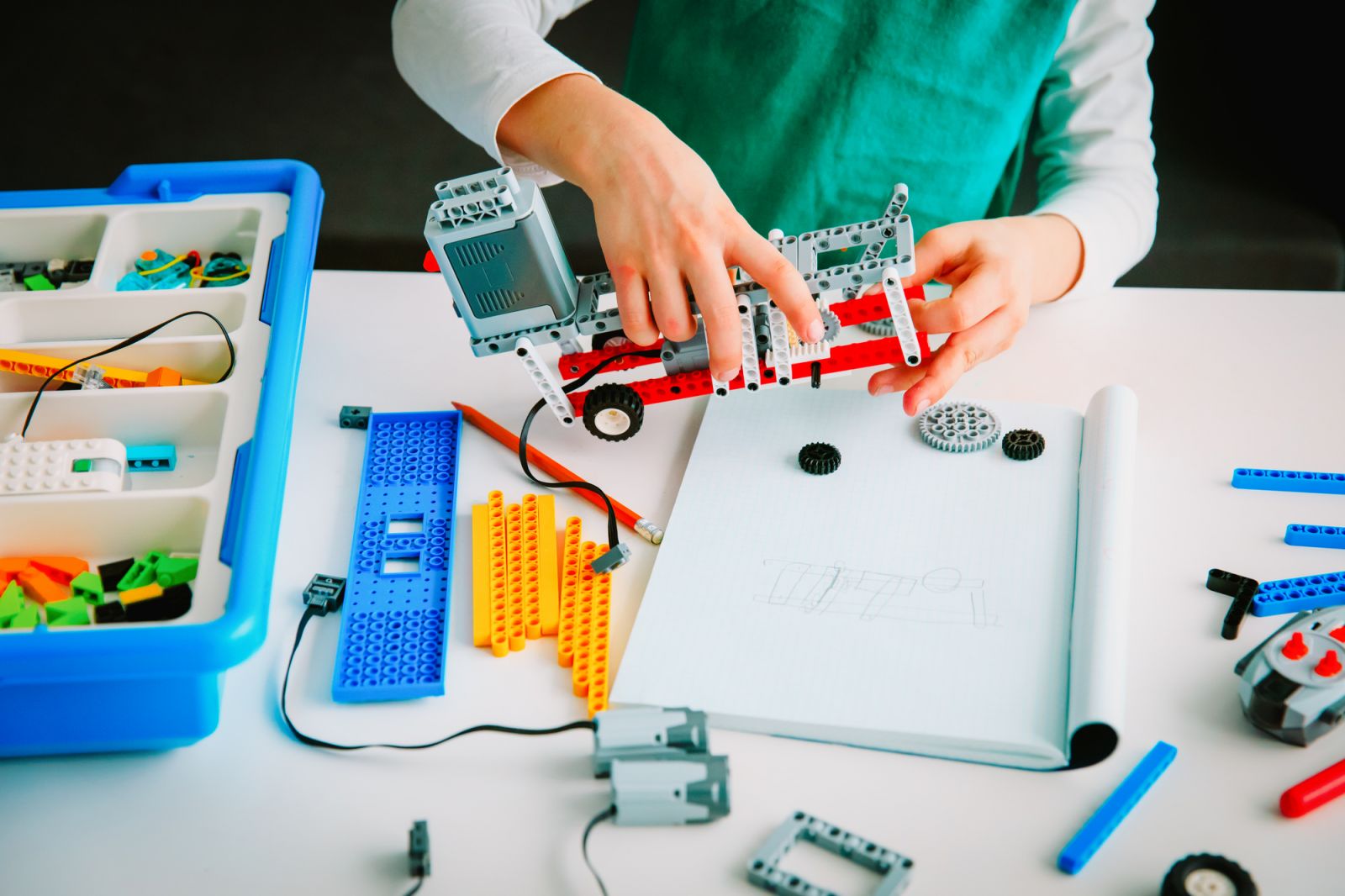- By Sam Singh
- Updated Oct 14, 2025

Have you ever watched a child's eyes light up as they witness a chemical reaction, build a functioning robot, or design their own miniature roller coaster? There's something truly magical about hands-on learning in STEM education – it's the spark that ignites curiosity, fosters creativity, and lays the foundation for lifelong learning.
In today's fast-paced and technology-driven world, the demand for STEM (Science, Technology, Engineering, and Mathematics) skills has never been greater. As educators, parents, and advocates for the next generation, it's our responsibility to ensure that students not only understand these concepts but also develop a deep appreciation for them. And that's where hands-on learning comes into play. Partnering with a reliable STEM education supplier can provide access to high-quality materials, kits, and equipment tailored to your curriculum needs, making hands-on learning a breeze.
Why Hands-On Learning Matters in STEM Education:
Engagement through Multi-Sensory Experience:
- Engages multiple senses, solidifying learning and retention.
- Creates stronger neural connections in the brain through seeing, touching, hearing, and even smelling the science in action.
Fostering Critical Thinking and Problem-Solving:
- Essential for success in STEM fields.
- Encourages students to think on their feet, adapt to new situations, and collaborate effectively with peers.
Strategies for Implementing Hands-On Learning:
Partnering with a Reliable STEM Education Supplier:
- Access to high-quality materials, kits, and equipment tailored to curriculum needs.
- Robotics kits, chemistry sets, coding platforms – having the right tools makes all the difference.
Proper Planning and Organization:
- Break down larger projects into smaller, manageable tasks.
- Provide clear instructions and guidelines to keep activities focused and productive.
Embrace Controlled Chaos:
- Some of the best learning happens when things don't go according to plan.
- Encourage exploration, experimentation, and creativity.
Addressing Concerns About Hands-On Learning:
Messiness and Chaos:
- Understandable concern, but proper planning and organization can mitigate chaos.
- Embrace the mess – it's a sign of active learning and exploration.
Management of Hands-On Activities:
- Utilize resources and support from STEM education suppliers.
- Professional development opportunities for educators to enhance management skills.
Conclusion
In conclusion, hands-on learning is more than just a fun diversion from traditional teaching methods – it's a powerful tool for engaging students, enhancing learning outcomes, and preparing the next generation of innovators and problem-solvers. So go ahead, roll up those sleeves, and let's get hands-on with STEM education! With the right strategies and support from reliable STEM education suppliers, the possibilities are endless.
